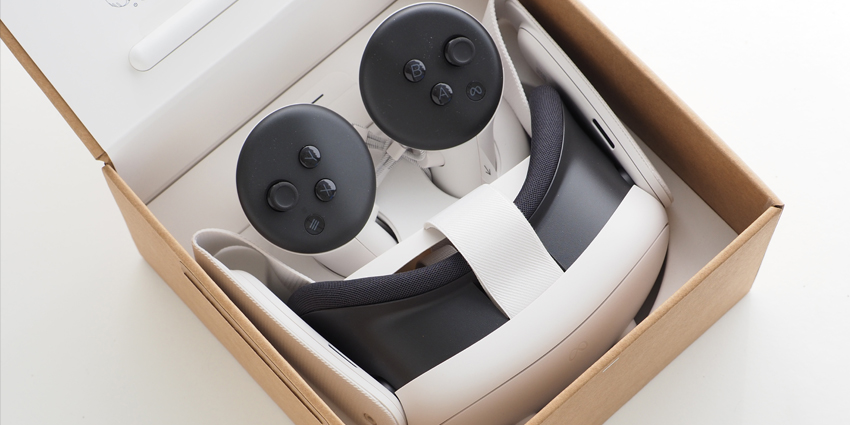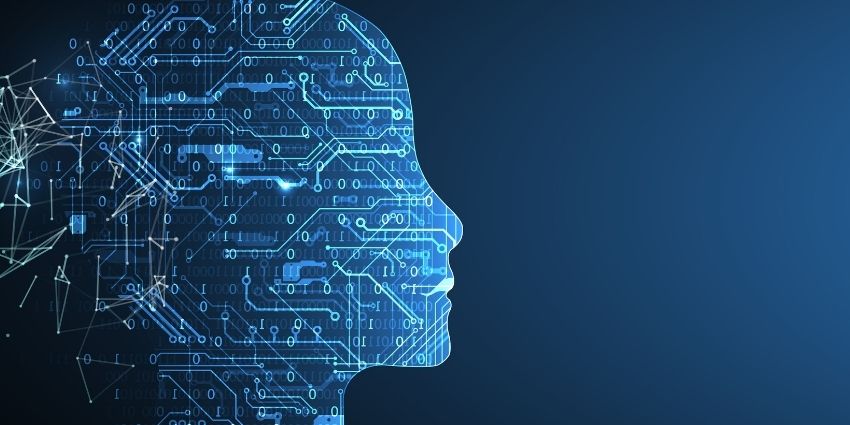The development of XR will change the world in a big way, but perhaps most exciting of all is the impact it could have on the future of mental health…
Every year in the UK alone, at least 1 in 4 people experience problems with their mental health. Moreover, aside from the fact mental illness causes endless pain and suffering for 25% of the population, the financial damages it causes to the economy each year are estimated to reach a staggering GPB 41.8 billion.
For this reason, the demand for a viable solution to the mental health crisis is bigger than ever before. People want newer, more effective treatments that tackle mental illness at its core rather than numbing the problem with pharmaceuticals.
The arrival of XR in the healthcare space, then, is already generating a lot of interest from people suffering from issues with mental health, as well as the healthcare professionals responsible for treating those patients.
Here are a few examples of how XR is helping people overcome mental illness.
PTSD
While most commonly associated with returning war veterans, PTSD can occur in people of all ages, ethnicities, nationalities, and cultures, and it affects approximately 3.5 percent of US adults every year.
With virtual reality exposure therapy (VRET), a form of exposure therapy used to treat a large number of anxiety and stress disorders, PTSD patients can enter simulated versions of the traumatic events that are causing them harm.
As well as allowing patients to re-live traumatic events without risk of physical harm, VRET also enables medical professionals to help patients isolate triggers and build up resistance to prevent attacks from happening in the future.
ADHD
Research tells us about 6.1 million children in the United States (9.4 percent) between ages 2 to 17 are estimated to have ever been diagnosed with attention deficit hyperactivity disorder (ADHD).
This debilitating illness can have a detrimental effect on the patient’s quality of life, causing problems with educational performance, anxiety, depression, and self-esteem. While more commonly associated with children, roughly one-fifth to one-half of adults with ADHD have major depressive disorder/dysthymia.
Fortunately, XR technologies like the XRHealth Virtual Reality Telehealth Kit for ADHD provides virtual reality headsets preloaded with a wide variety of treatment applications designed to help patients naturally cope with the disease. These apps offer immersive virtual learning environments with activities that improve the patient’s concentration, reduce impulsive behaviors, and increase attention spans. All data is stored within the device and can be used by therapists to adjust treatment plans and achieve better results.
Depression
Depression is one of the most common mental health disorders that, according to WHO, currently affects more than 264 million people of all ages across the world.
According to a recent study by Frontiers in Psychiatry, VR technology offers an effective treatment modality for many existing CBT techniques within immersive treatment environments. As well as providing greater flexibility and reducing the cost of care, there is much evidence that shows how VR therapeutic techniques have great potential to decrease the depression treatment gap and make an impact on public mental health.
Psious, the virtual reality platform for psychology and mental health, for example, offers a wide variety of adaptive environments that suit the specific needs of each type of patient. Already this app is being used by hundreds of therapists in their practices, and we expect this number to grow significantly as the XR market matures.
How will XR impact the future of mental health treatment?
Recent reports revealed the XR medical market will reach USD 1.7 billion in 2022, with a compound annual growth rate (CAGR) of 105.6% from 2018 to 2022, proving XR solutions will play a crucial role in the future of medicine.
As the market continues to grow, it safe to assume there will be a significant increase in the number of XR technologies developed to help treat mental illness over the next decade and beyond.







